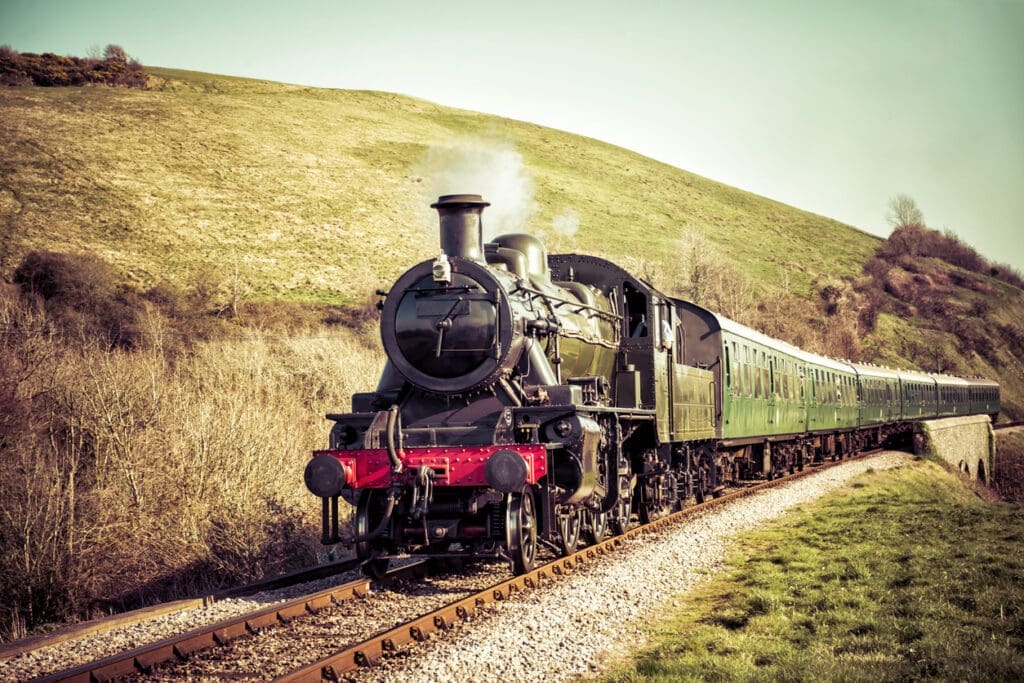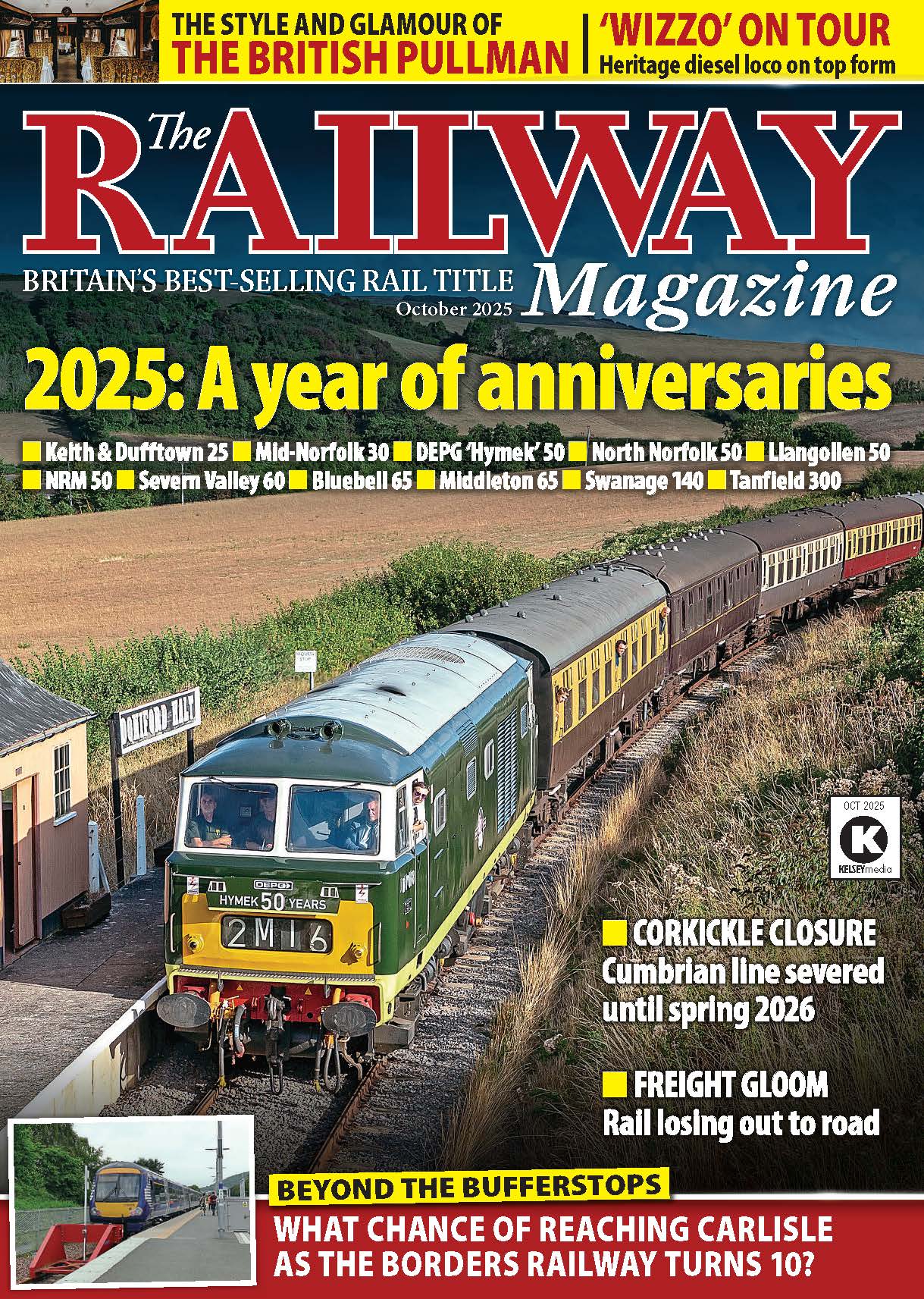We have received payment for the content in this article. Learn more.

Modern heritage railways offer a blend of nostalgia and innovation. While their appeal often lies in the preservation of vintage locomotives and the atmosphere of a bygone era, many heritage railways are now integrating modern technology to improve their day-to-day operations and attract wider audiences.
From ticketing systems to track monitoring, the use of technology has become essential to ensure a smooth, safe and efficient running of services, especially during busy periods and special events that draw thousands of enthusiasts and tourists alike.
The visitor experience is also being enhanced through digital platforms. Online booking systems reduce the need for long queues and manual handling, allowing smoother access for guests. Some railways have adopted mobile apps that offer interactive maps, live updates and historical insights, allowing passengers to dive deeper into the stories behind the rolling stock and stations. These technologies are helping heritage railways appeal to a younger demographic while still maintaining their traditional charm.
Entertainment and leisure have also evolved alongside these technical upgrades. With many heritage trains now offering onboard wifi, passengers can stay connected and enjoy digital experiences while travelling. This level of accessibility allows individuals to stream content, catch up on work or unwind during their visit. In today’s connected world, this can become a moment of personal downtime and some may choose to explore various forms of online entertainment. For instance, platforms such as a non-UK casino online bring together cutting-edge technology and interactive gameplay, offering a portable and engaging leisure option that fits easily into modern, connected lifestyles, even while riding the rails.
Behind the scenes, modern technology is also making operations more reliable. Predictive maintenance tools powered by sensors and data analytics allow railway engineers to identify issues before they become major problems. This reduces delays and avoids costly repairs, preserving the longevity of irreplaceable vintage equipment. These systems can track wear and tear on wheels, axles and track conditions, allowing for proactive care instead of reactive fixes.
Communication tools have also been upgraded. On-board staff and control centres can now remain in constant contact using encrypted digital radios and mobile devices, enhancing safety and coordination during journeys. These technologies ensure rapid responses to any situation, be it a medical emergency, unexpected weather changes or logistical issues.
In some locations, augmented reality is being trialled to add an extra dimension to the visitor experience. By using a smartphone or tablet, guests can scan signage or specific landmarks to unlock rich media, such as historical images, videos or stories narrated by former railway workers. This interactive storytelling not only educates but also increases dwell time, making visits more immersive and memorable.
Heritage railways have also begun to embrace social media and online marketing in earnest.
With high-quality photography, behind-the-scenes videos and live streams of special events, railways can reach global audiences and attract visitors from further afield. These efforts are especially valuable when promoting fundraising campaigns, limited-edition merchandise, or commemorative events that support preservation work.
Even the ticketing and membership systems have been overhauled to include smart cards and QR codes, providing faster access to platforms and reducing administrative workload. Some railways now offer loyalty programmes, giving returning visitors perks such as discounted fares, exclusive ride opportunities or early access to special events. These systems are powered by CRM software that helps track visitor preferences and tailor experiences accordingly.
Environmental impact is another area where technology has made significant contributions.
By using energy-efficient lighting, hybrid or battery-powered shunters for yard operations, and monitoring energy usage in station buildings, heritage railways can reduce their carbon footprint. Sustainability reports are often now produced using digital tools to analyse data and share progress with the public and stakeholders.
These innovations do not detract from the authenticity of heritage railways, they complement and support it. Technology is being used not to replace tradition, but to preserve it more effectively and make it accessible to future generations. The balance lies in using digital tools to enhance, not overshadow, the rich cultural and historical fabric of the railway experience.

